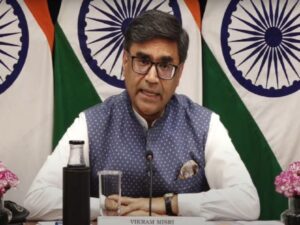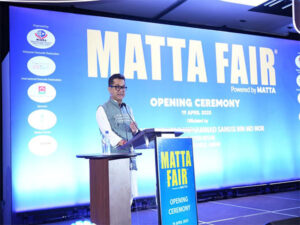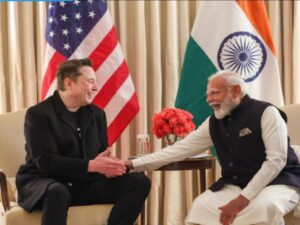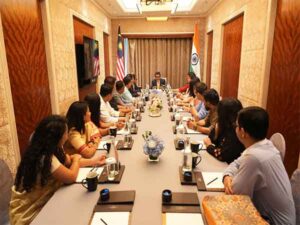Lord’s Museum documents Empire of Cricket with new exhibition
London, Jul 8 (PTI) The bat used by K S Ranjitsinhji, well-known as Ranji, to score his unbeaten 154 in his Test debut over a century ago in July 1896 and the ball from the infamous Bodyline England versus Australia series of 1932-33 are among the iconic items on display at a new exhibition at Lord’s Cricket Ground Museum.
No Foreign Field: MCC and the Empire of Cricket’ is a documentation of the vast expansive spread of cricket, its association with the British Empire and the winds of change for the Marylebone Cricket Club (MCC) over the decades.
Divided across segments of First Contact, Building Connections, Tours and the Imperial Bond, Conflict and Transition, the new exhibition which opened recently is now part of any tour of the Lord’s ground until early next year.
“The story of this exhibition is essentially the global spread of cricket around the world and that tracked the spread of the British empire,” said Neil Robinson, Head of Heritage and Collections at MCC.
“The same way that the empire was governed from London, cricket was governed from Lord’s by MCC. We look at how that sometimes caused conflict and how the power structures that were developing overseas began to draw that power balance away from Lord’s towards a new home in Asia (Dubai) where it stands today,” he explained.
The new curation at the museum uses objects and artefacts from the MCC’s archives as a self-reflective exercise that throws up some fascinating insights, complete with a multimedia feel.
“The aim is to showcase a new way of thinking about the relationship between the MCC, cricket and empire,” said Dr Prashant Kidambi, a historian at Leicester University and author of Cricket Country: An Indian Odyssey in the Age of Empire’, who collaborated on the project.
“It tries to tell the story of how the MCC was implicated in cricket as an imperial game, how it played a role in the global spread of cricket and also how the club’s actions and activities generated imperial bonds but also produced conflicts,” he said.
“In this exhibition, for the first time, we also showcase how the MCC upheld imperial values but also articulated a rhetoric of sport as a site of equality, the idea that everybody was equal on the cricket pitch, which then became very powerful for colonised communities who tried to challenge racial hierarchies and racial exclusions,” he said.
The exhibition charts the history of the game from a historic Parsi cricket team’s tour of England in 1886 to the present day, with the Indian Premier League (IPL) and women’s cricket making their mark.






